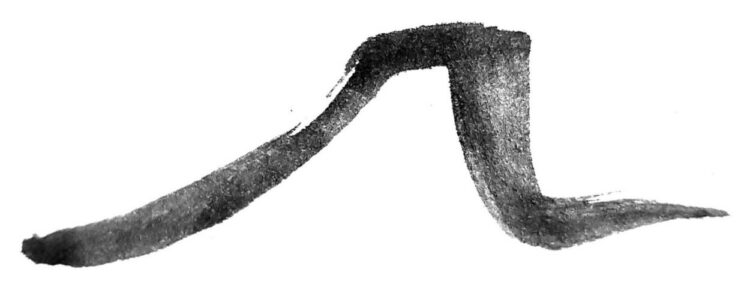“I’ve seen things you people wouldn’t believe. Attack ships on fire off the shoulder of Orion. I watched C-beams! Glitter in the dark near the Tannhäuser Gate. All those moments will be lost in time, like tears in rain.” (replicant Roy Batty in Blade Runner, virtual 2019)
How will the mechanical engineering evolve? What are the needs? What solutions arise? And where do risks exist?
The greatest leaps in innovation are expected from the further development of FEA-based modeling. The importance of computational evaluations will continue to grow, especially in areas where experimental analyses are too complex or impossible.
Since the 2010s, major FEA software providers have been pursuing the trend of making their CAE tools accessible to the open source community via interfaces. FEA is thus evolving away from an expert method towards a building block in a digital process chain. This will open up far-reaching potential beyond classical mechanics in the future. For example, through the development of special post-processing methods or by providing FEA models as a data source for machine learning methods.
As in other fields, the question for the mechanical engineering will be how far algorithms and artificial intelligence are allowed to go.
